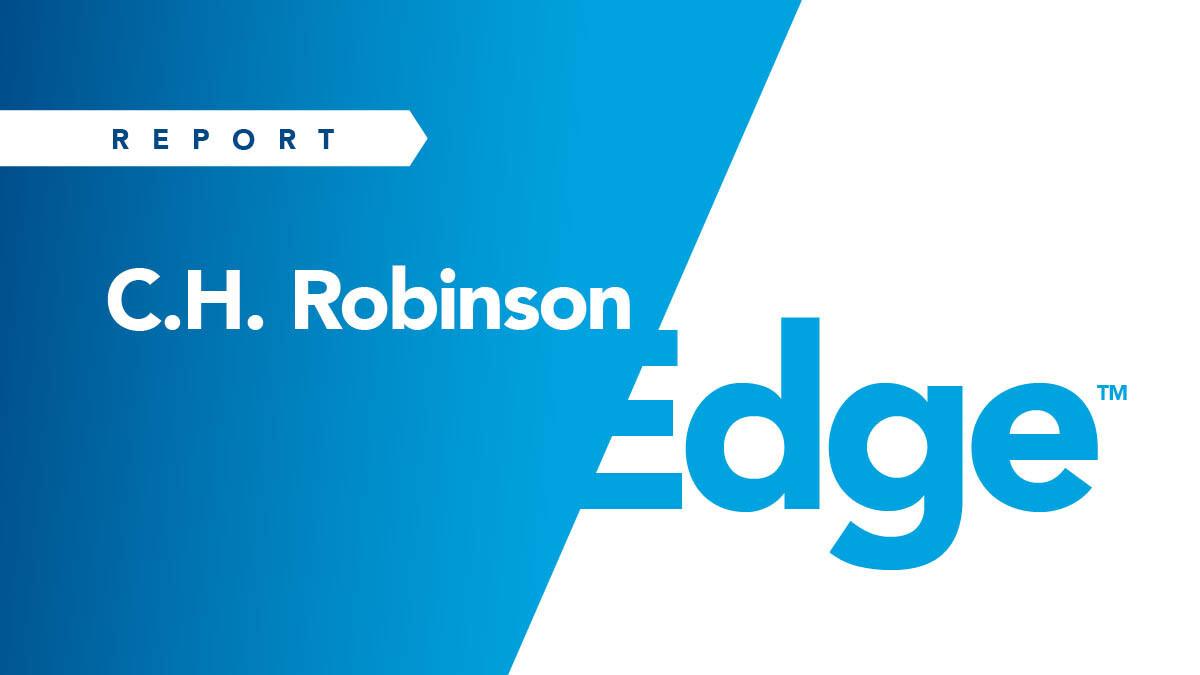Game-changing freight trends: Shifting rates, regional impacts, and policy moves
Published: Thursday, October 02, 2025 | 06:00 AM CDT
Truckload shipping
Recent announcements by U.S. government will impact drivers and carrier costs over the next year. Meanwhile, the truckload market remains stable broadly, but typical seasonality is unfolding. As harvests wind down in some regions, demand for refrigerated transportation is shifting accordingly. At the same time, construction season in key areas is keeping flatbed demand stable.
See our truckload rate and capacity forecasts into 2026LTL shipping
Shippers see rate pressures as recent PPI figures show increasing year-over-year growth for LTL market. Multiple carriers report lower volumes, but the reduction of capacity from Yellow’s bankruptcy means capacity remains constrained.
Get the tips you need to succeed in today’s evolving LTL marketOcean freight
Asia’s Golden Week triggers blank sailings and capacity crunches, with rates under pressure and tariffs reducing India–U.S. volumes by 30%. North America faces equipment shortages. Early bookings and flexible strategies are essential for Q4 success.
Get ocean shipping insights for every regionAir freight
Global air freight markets are tightening as seasonal demand and capacity shift, and trade policy changes reshape lanes for Q4. From Asia’s Golden Week to winter schedules in Europe and North America, proactive booking is essential.
Read the full region-by-region insights on air freightIntermodal
Intermodal peak season hit Southern California lanes early, sparking double-digit rate hikes on the West Coast, while other regions are seeing smaller increases. Although the changing market presents forecasting challenges, you can still adapt your strategy to secure capacity and achieve savings.
Find crucial insights for navigating intermodal peak seasonPorts & drayage
Drayage shippers face major Q4 challenges as U.S. Gulf Coast ports hit capacity limits, New Jersey weighs contractor rule changes, Canadian ports deal with low water and labor, and Europe and South America tackle ongoing congestion and infrastructure upgrades.
See the full report for more updates on global port conditionsCanada, Mexico & cross-border
While Mexico is now the U.S.'s top supplier of electronics, driving steady northbound demand. Tariffs and compliance changes, including Mexico’s new declaration of value, are adding complexity.
Read the full report on conditions in Mexico and Canada as well as the cross-border marketTrade policy & customs
Recent federal decisions and investigations are reshaping the international trade landscape—see how the latest affirmation of Section 301 tariffs on Chinese imports and investigations into machine tools, industrial robots, and medical tools could impact your supply chain in the coming months.
Read full insights on tariffs, including U.S. trade deals to watch for in the coming weeksGovernment & regulations
The 45-day public feedback period for the USMCA review process has begun. Meanwhile, new maritime fees targeting Chinese-linked vessels launch in October 2025, signaling key shifts in trade strategy.
Get the expert take on what’s happening and what to expectDiesel fuel
Diesel prices in the United States keep rising, hitting $3.75 per gallon in September, up from last year. This continued upward trend is squeezing transportation budgets and forcing logistics professionals to manage costs more carefully.
Check out how diesel prices can influence trucking, intermodal, air, and ocean shipping costs Download slides
Download slides



